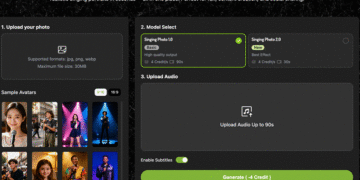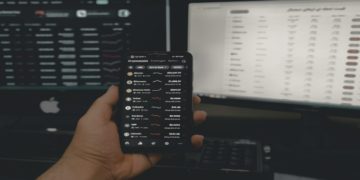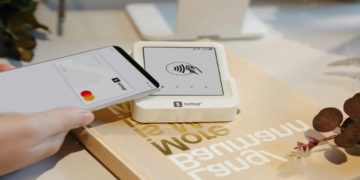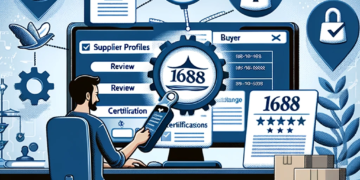Introduction
With the increasing reliance on mobile devices for communication and transactions, cybercriminals have developed sophisticated techniques to exploit vulnerabilities. One such method is voice phishing, commonly known as vishing. This technique involves using phone calls to trick individuals into revealing confidential information, such as passwords, credit card numbers, and personal details. Unlike email phishing, which relies on deceptive emails, vishing exploits human psychology through verbal manipulation. This article explores how vishing works, its role in phone hacking, real-world examples, and how individuals can protect themselves.
What is Vishing?
Vishing is a social engineering attack where fraudsters use phone calls to impersonate legitimate entities, such as banks, tech support agents, or government officials, to steal sensitive information. Attackers rely on psychological tactics, urgency, and trust to manipulate victims into providing access to personal or financial data.
How Vishing Works in Phone Hacking
Vishing plays a crucial role in phone hacking by serving as a gateway to broader cyber threats. Here’s how it typically unfolds:
- Spoofed Caller IDs: Attackers use technology to fake caller IDs, making it appear as if the call is from a trusted organization (e.g., a bank or government agency).
- Emotional Manipulation: Scammers create a sense of urgency, claiming an account has been compromised or a payment is due.
- Credential Theft: Victims are asked to provide personal details, such as OTPs (One-Time Passwords), login credentials, or Social Security numbers.
- Device Compromise: Some attackers trick victims into installing malicious software or granting remote access to their devices.
- Data Exploitation: Stolen information is used for identity theft, financial fraud, or further cyberattacks.
Common Types of Vishing Attacks
1. Bank Impersonation Scams
Attackers pose as bank representatives, claiming there is suspicious activity on the victim’s account. They request verification details or OTPs, which are then used to access the victim’s bank account.
2. Tech Support Fraud
Scammers call pretending to be from companies like Microsoft or Apple, warning of a virus or security issue. They convince victims to install remote access software, allowing them to take control of the device.
3. Government Agency Scams
Attackers impersonate government officials from tax agencies or law enforcement, threatening legal action unless immediate payment is made.
4. Voicemail Scams
Victims receive automated voicemails directing them to call back a number that leads to fraudsters attempting to extract personal information.
5. Employer Impersonation
Cybercriminals pose as HR personnel, asking employees to verify sensitive work-related information or install unauthorized software.
Real-World Examples of Vishing Attacks
- 2019 Twitter Hack: Hackers used vishing to gain access to internal Twitter systems by tricking employees into providing credentials, leading to a high-profile breach.
- IRS Phone Scams: Fraudsters often impersonate IRS agents, claiming taxpayers owe money and demanding immediate payment through gift cards or wire transfers.
- Banking Frauds: Many individuals have reported losing thousands of dollars due to scammers convincing them to share OTPs under the guise of account security verification.
How to Protect Yourself from Vishing Attacks
- Verify Caller Identity: If someone claims to be from a company or government agency, hang up and call the official number from the organization’s website.
- Never Share Sensitive Information: Banks and legitimate institutions never ask for passwords or OTPs over the phone.
- Beware of Urgency Tactics: Scammers create panic to force quick decisions. Take time to verify claims before acting.
- Use Call Blocking & Reporting Features: Many smartphones and carriers offer features to detect and block spam calls.
- Educate Yourself & Others: Awareness is the best defense. Inform friends and family about common vishing tactics.
- Enable Two-Factor Authentication (2FA): Even if a scammer gets your credentials, 2FA can add an extra layer of security.
- Monitor Bank & Account Activities: Regularly check your financial statements for unauthorized transactions.
Conclusion
Vishing is a dangerous and evolving form of cybercrime that exploits human psychology rather than technical vulnerabilities. As attackers become more sophisticated, individuals and organizations must remain vigilant. By staying informed and adopting security best practices, you can significantly reduce the risk of falling victim to voice phishing scams. Always remember: If something feels suspicious, verify before you comply.











































































